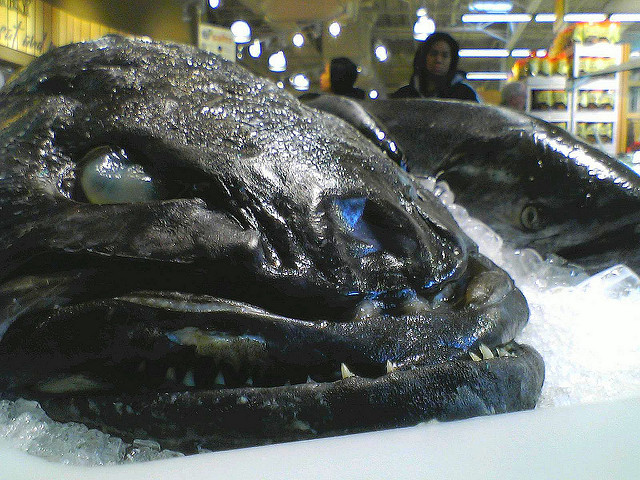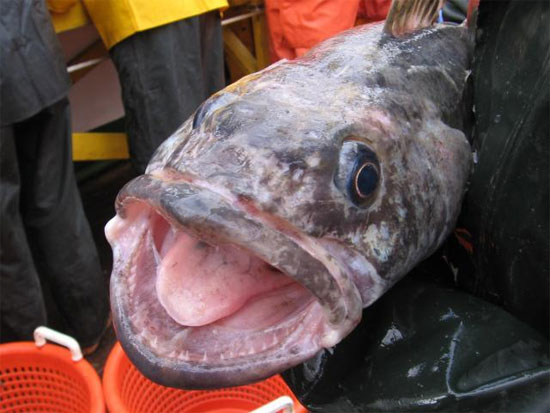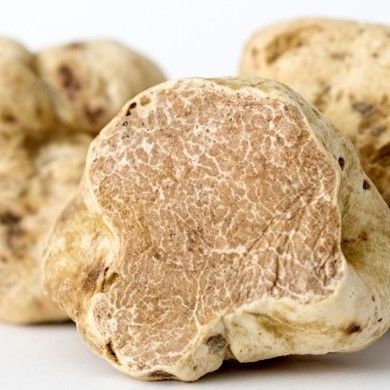Description
Patagonian Tooth Fish (Chilean Seabass) is a white and flaky fish that tastes similar to cod. When it is properly cooked, it should have a smooth and buttery feel and taste. It can be cooked in almost any way imaginable, and the spice options for it are endless. Ours come in 170/220-gram vacpac portions.
Patagonian Tooth Fish (Chilean Seabass) has not always had this name, and it used to be called Patagonian and Antarctic Toothfish. Many people had no desire to eat this fish because the name sounded so unappetizing.
It wasn’t until 1977 when a fish wholesaler by the name of Lee Lantz changed the name. But it wasn’t until 1994 that the United States Food and Drug Administration officially accepted the name Chilean seabass as an acceptable alternative for this delectable cod icefish.
- Patagonian toothfish is a large-bodied predatory fish found throughout subantarctic ocean basins of the Pacific, Atlantic and Indian oceans at depths between 150->1000m.
- Australian-managed Patagonian toothfish fisheries operate in the Heard and McDonald Islands in the southern Indian Ocean, and around Macquarie Island in the southwestern Pacific Ocean. Patagonian toothfish populations are healthy in both fisheries.
- The fish are mainly caught using longlines, with a minor trawl and trap component sometimes active in one of the fisheries. Bottom trawling in particular can have significant impacts on the seabed. Although there is currently limited information on the nature of marine habitat affected by bottom trawling, research efforts are currently directed towards habitat mapping.
- Areas around the sub-Antarctic islands are highly protected in marine parks where no fishing occurs in order to protect and conserve marine biodiversity. Recent expansion of these areas in the Macquarie Islands is beneficial and welcome.
- The fishery catches a low number of threatened species such as albatrosses, elephant seals and porbeagle sharks, though industry and conservation monitoring and management arrangements are in keeping with best practice and there are not serious risks posed to any vulnerable species at recent bycatch levels.










